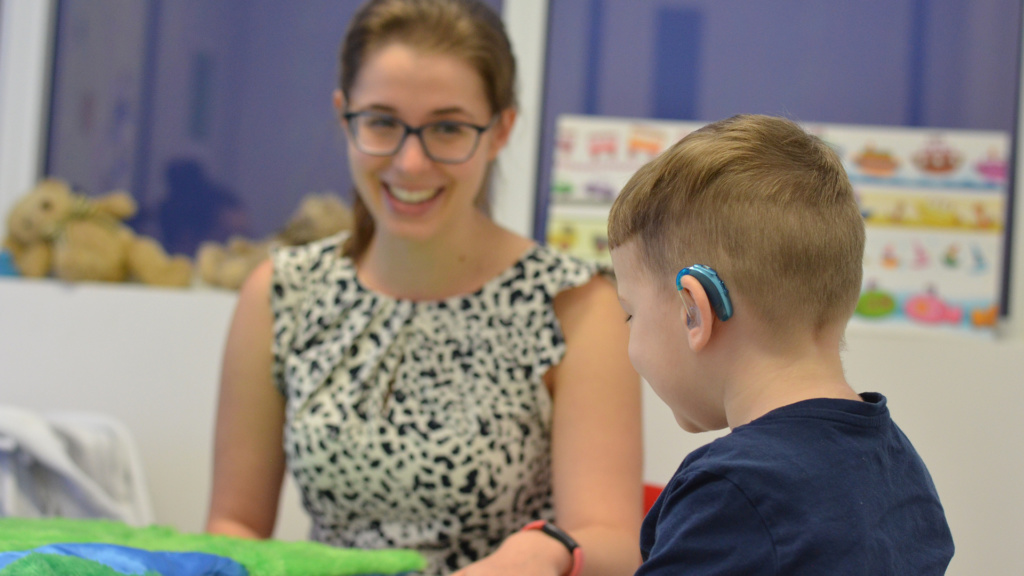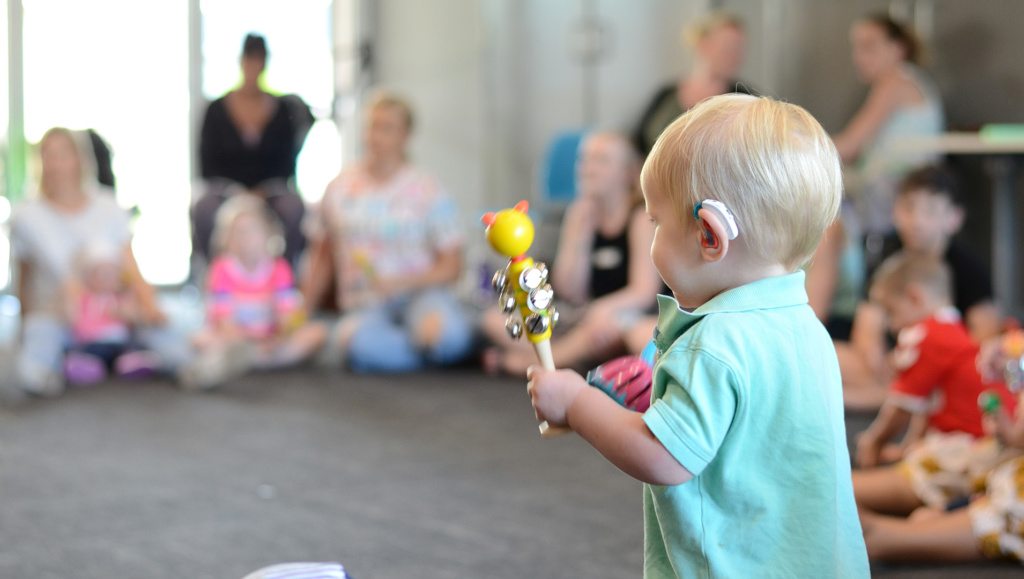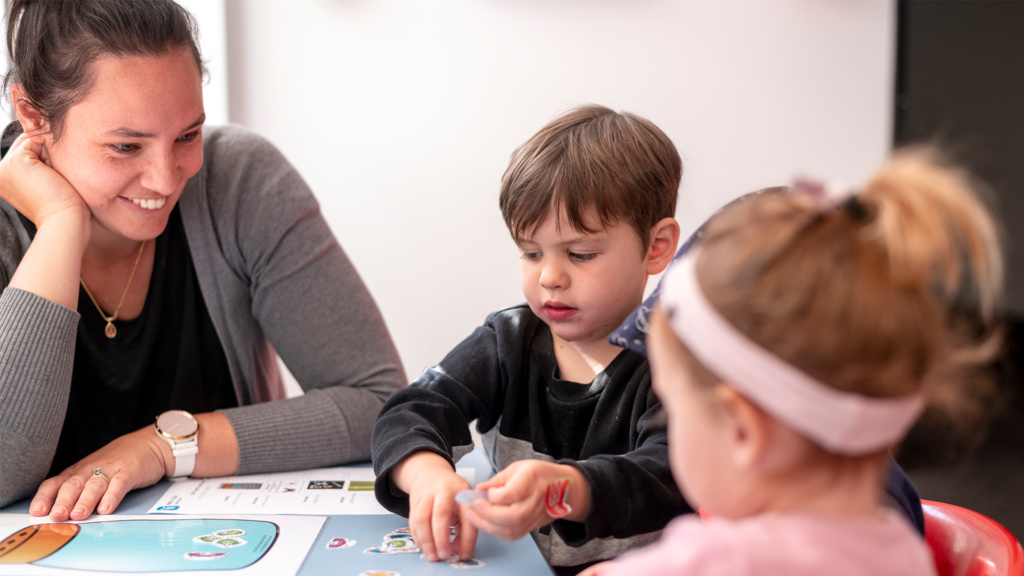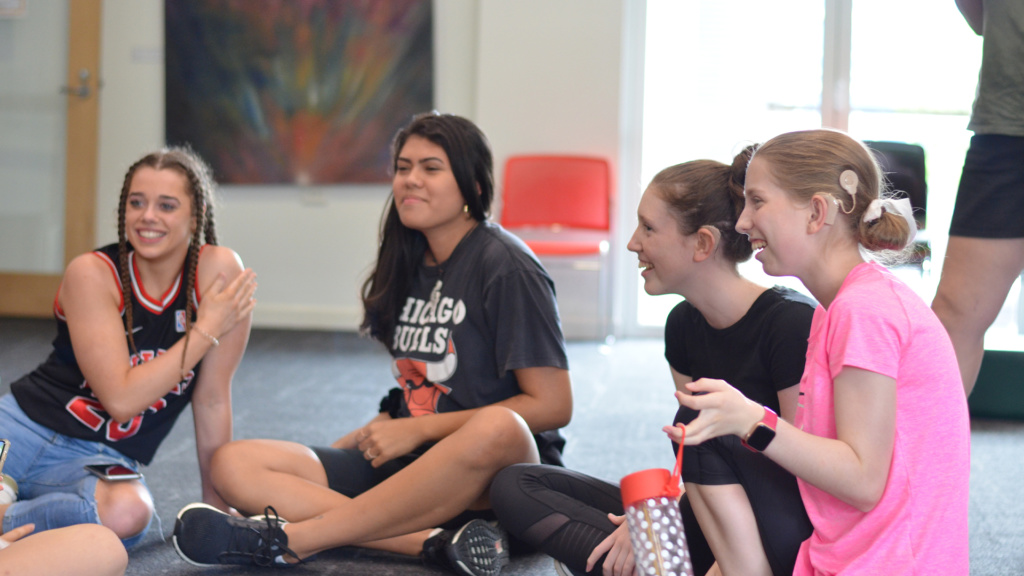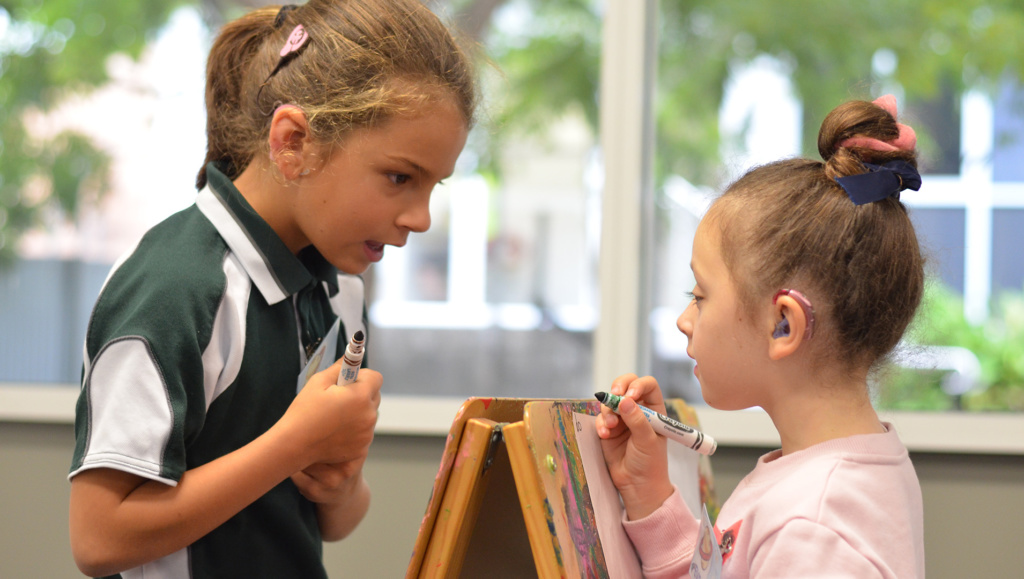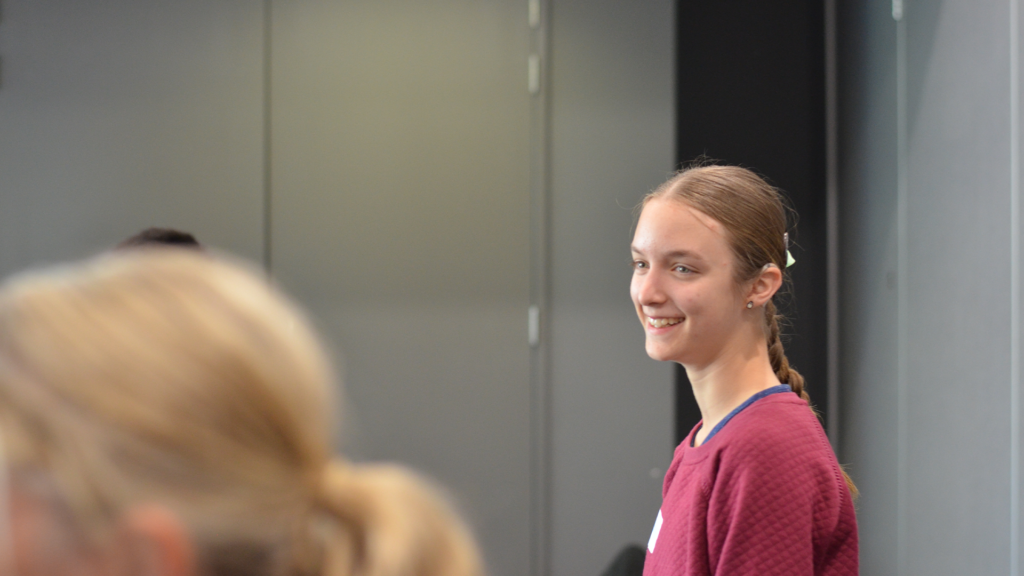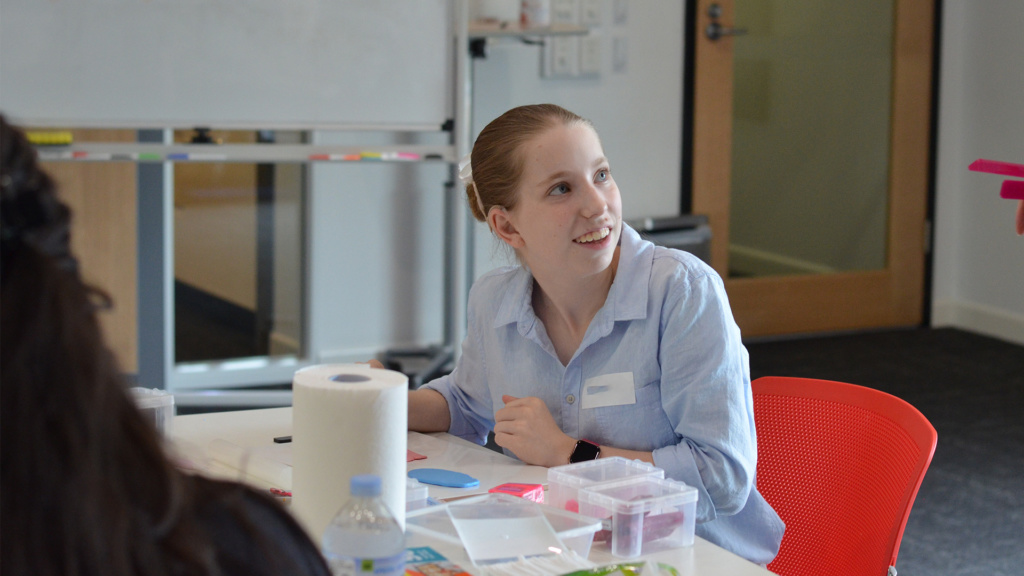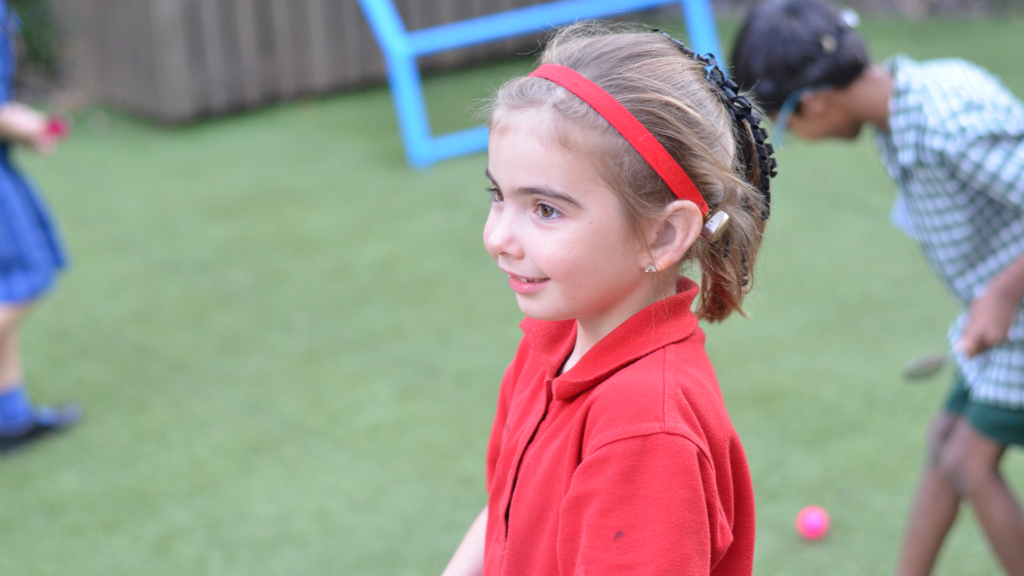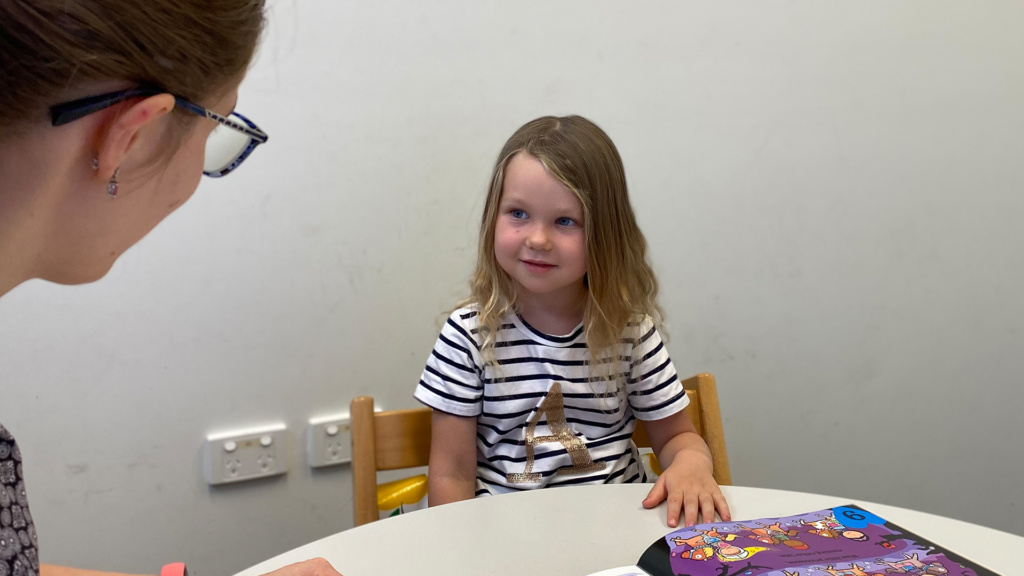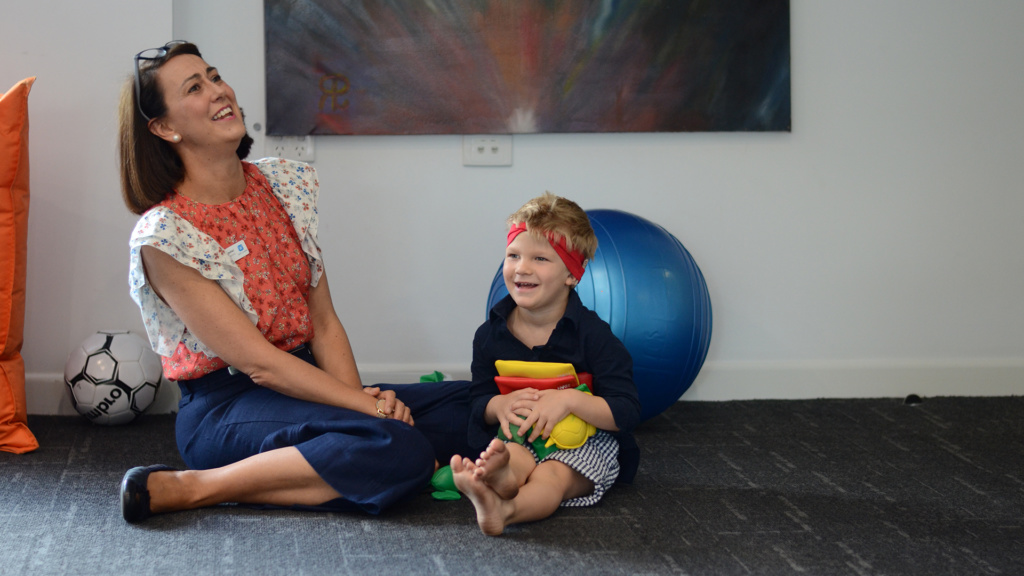Literacy describes the understanding and use of language in written form - reading and writing skills. Children who experience spoken language difficulties are at higher risk of literacy difficulties.
As part of typical literacy development, children will develop a range of pre-literacy skills which bridge the gap between spoken language and written language skills. These include phonological awareness and print awareness. Some skills are developed prior to school while others will be acquired during the first year of education.
Strong phonological awareness and print awareness skills are required for children to develop phonics skills. Phonics describes the knowledge of the connection between letters and the sounds they make. Phonics enables us to read and write words and sentences. Phonological awareness and print awareness difficulties are two of the first red flags for possible delays in acquiring phonics and literacy skills.

